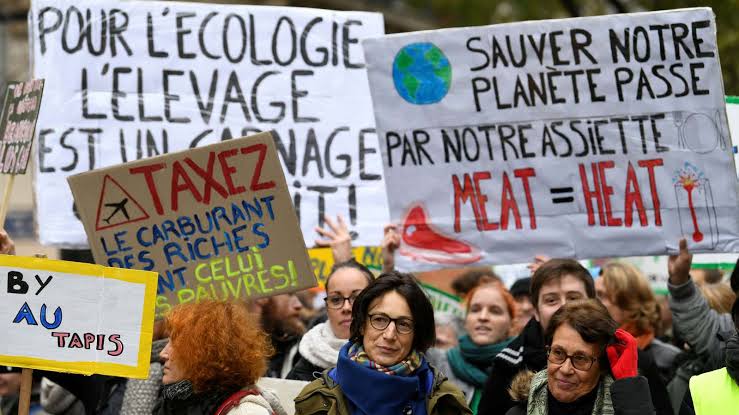
Marie Le Mélédo envisioned her golden years spent with her cats in a charming studio that overlooked a green space, nestled in a tranquil courtyard in Les Lilas, a suburb in eastern Paris. She had completely renovated the space, filling it with vibrant furniture to create a bright and inviting atmosphere. However, upon returning from her summer vacation in 2020, Le Mélédo discovered that her apartment had been devastated. The doors and windows were inoperable, the floor had collapsed, and numerous cracks marred the walls. The building was soon deemed unsafe. “After the ‘panic’ came ‘hell,'” recalled the 37-year-old agroecology expert, as she pointed to the crowbar she had to use to navigate in and out of her home, along with the supports propping up the ceiling.
See more: Major failures’ in France’s financing of 2023 Rugby World Cup
It took several years of legal battles, assessments, and significant financial investment from the condo owners for the insurance company—initially resistant—to finally recognize the source of the damage: the expansion and contraction of clay in the soil, exacerbated by ground movements linked to alternating periods of drought and rainfall, all intensified by climate change. “I dedicated my evenings and weekends to this, without assistance, and it kept me awake at night. It completely disrupts your life,” she shared. For two years, she was forced to seek alternative accommodation, which cost her an additional €700 per month on top of her €1,200 mortgage payments. Although the insurance eventually approved €380,000 for repairs, the work has yet to commence.



